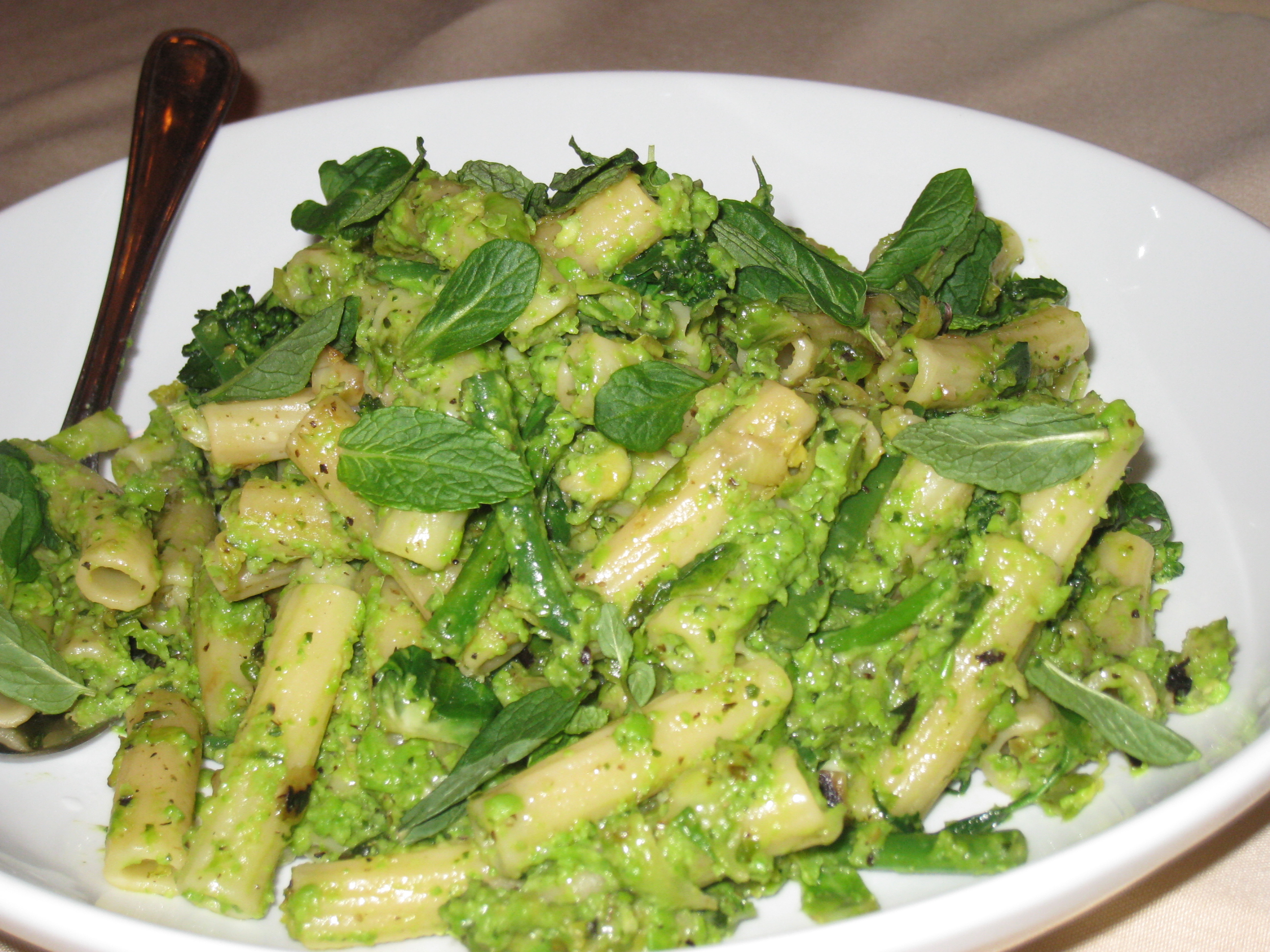Disclosure: In any review for a product or service, products or compensation may have been provided to me to help facilitate my review. All opinions are my own and honest. I am disclosing this in accordance with FTC Guidelines. Please see “Disclose” and "Terms of Use" tabs for more information.
“Buon appetito!” or the more popular “Bon appétit!” are common phrases we never fail to
overhear and say when wishing someone a good meal. But then, have we ever stopped
to think about what these phrases “truly” mean? What truly defines a good appetite? Isn’t
it simply about eating a lot of delicious food? Or is it about eating similar to a
connoisseur, a gourmet or a gourmand?
 This curiosity has led my mind to wander to and my appetite to discover what it is like to
This curiosity has led my mind to wander to and my appetite to discover what it is like to
dine in “Bellissimo” Italy. Well if you can’t travel geographically then might as well travel
gastronomically!
To start with here are 7 simple basics to keep in mind:
1.Let your mood do the talking. Italians don’t follow recipes to the detail, instead they
go with the mood of the season or simply whatever mood they are in. Invent versions
of your traditional bolognaise, bruschetta or risottos. Don’t be afraid to make them
spicy, cheesy, savory or even slightly creamy instead!
2.When planning your menu, plan according to what’s in season at the farmers market.
Always stock ingredients fresh. Be they meats, herbs or vegetables.
3.Basic key ingredients in Italian recipes are; Olive oil, Garlic, Tomatoes, Herbs and
Cheese! Experiment with the variety of cheeses and herbs to flavor, season and
tease your palate.
4.Onions and garlic add depth and builds flavor. Most Italian dishes begin by sautéing or roasting them in olive oil
is.
5.To drink, have a glass of wine to complement your taste buds while eating. White
wine is best with seafood and fish while Red wine with meats.
6.An Italian saying states “Rifiuti non non vuole” which means “Waste not want not”,
simply means be frugal.
7.Measure your success in the kitchen by what’s happening in the dining table. If it is
enjoyed in good company, conversation and casual banter, then you did well!
Here’s a list of 8 popular Italian herbs you should get to know:
1.Basil – A primary pesto ingredient, it goes very well with cheeses and tomatoes.
2.Oregano – Popular with southern Italian dishes and second to basil when it comes to
pairing with cheeses.
3.Marjoram –A good herb to have with meats and seafood. A milder version of
Oregano.
4.Mint – Also a good substitute for Basil. Freshens the palate and adds zest to any
dish.
5.Parsley – Often sautéed with garlic and onions in olive oil as base flavor.
6.Bay Leaf – Has a soothing and gentle aroma, to complement with the meat in soups.
7.Rosemary – Used most often in cooked meat dishes as stuffing or sprinkled on top
and needs time to soften.
8.Sage – Popular as a flavorful addition to butter sauces and meat dishes. Popular with
central and northern Italian dishes.
The most important factor to dining the Italian way is to dine leisurely. Not fast, not drive thru,
nor microwaved and eaten in front of the TV. Conversation is a must. Be prepared to share
and listen to everyone’s anecdotes about the day’s achievements, challenges and downfalls.
There are 6 course servings in traditional Italian dinners, namely;
1.Antipasto
The initial appetizer, typically some pieces of crusty bread dipped in herbed olive oil,
balsamic vinaigrette and Parmesan cheese.
2.Primo
The first course is usually either a bowl of soup, a small serving of risotto or pasta.
3.Secondo
The main dish may be a simple serving of chicken, meat or seafood.
4.Contorno
Served together with the Secondo, usually a siding of vegetables.
5.Dolce
The dessert. May be a slice of cake, a cookie or a biscotti, and if you don’t fancy any
more to eat, a shot of dessert wine to cleanse the palate is often served.
6.Caffe
Served with the Dolce, an espresso, plain brewed or a Capuccino ends the meal.
A dash of sumptuous Italian in your meals definitely won’t do you any harm. Unless you are
dining with the Godfather, then you better get ready to make him an offer he cannot refuse.
So again, Buon Appetito!
















Thank you for this! We can all definitely learn a thing or two or 3 and more from these Italians!
a good olive oil and some crusty bread are all i need 🙂